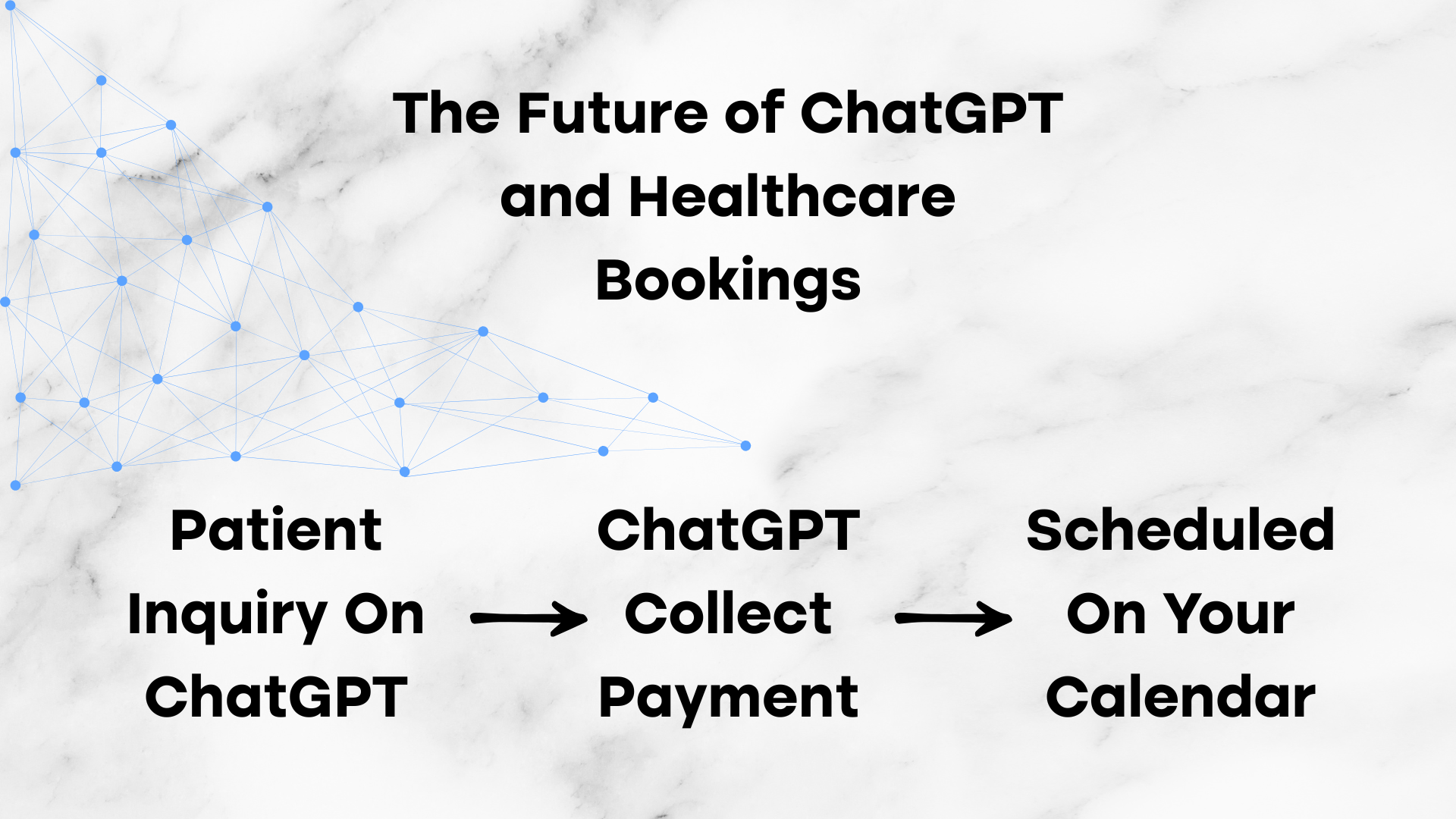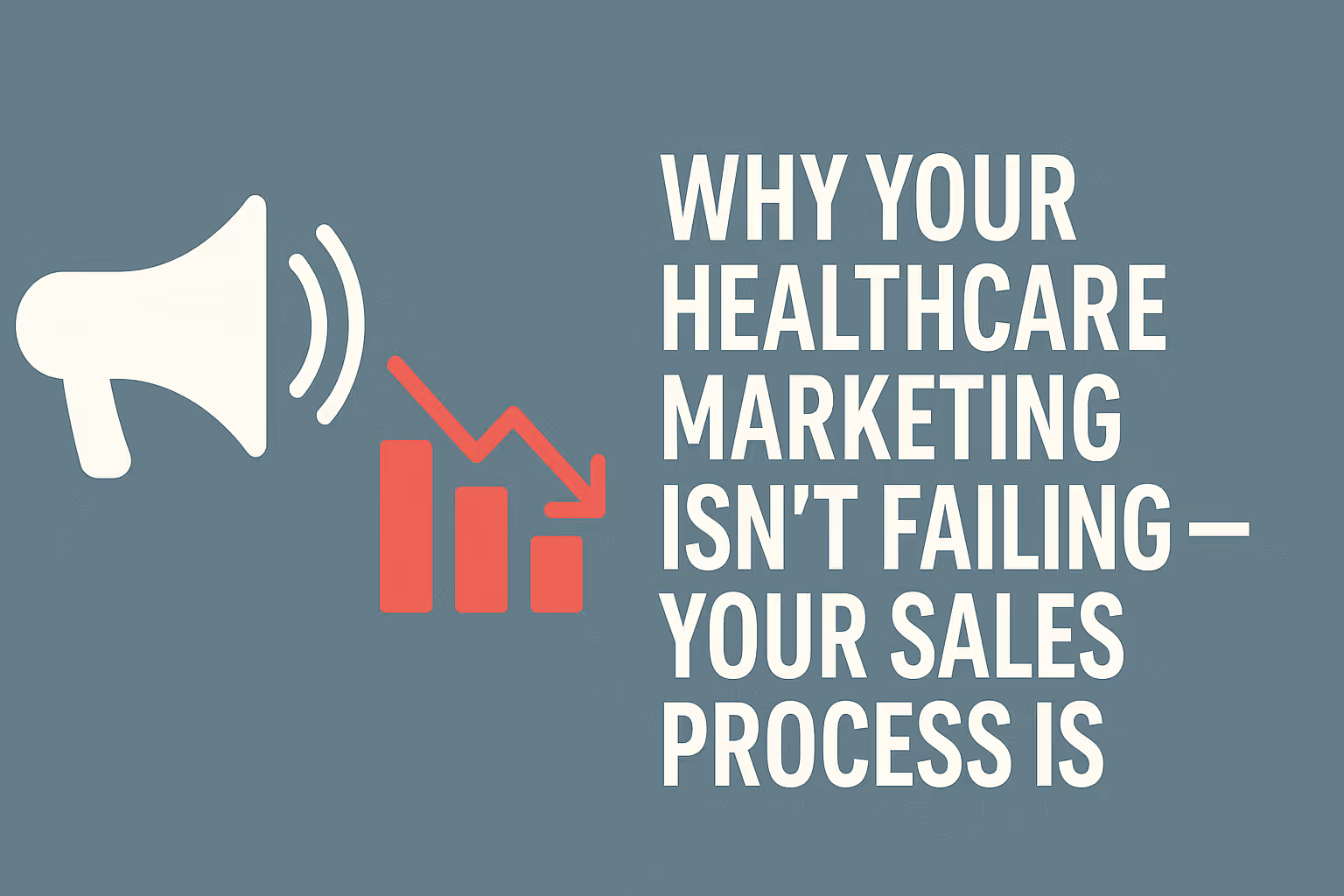Read more Articles
Lorem ipsum dolor sit amet, consectetur adipiscing elit. Suspendisse varius enim in eros elementum tristique. Duis cursus, mi quis viverra ornare, eros dolor interdum nulla, ut commodo diam libero vitae erat.

In an era where patient expectations evolve just as quickly as digital technology, healthcare marketing has become a defining factor in the growth, or stagnation, of clinics, medspas, and specialty practices. Whether you’re launching a new clinic or managing an established healthcare business in a saturated market, understanding the fundamental pillars of modern medical marketing is essential, and is the #1 reason for why businesses aren't growing like they would have hoped to.
But let’s be honest: navigating the digital healthcare landscape is a nightmare if you don’t know what to look for. And with every agency claiming to be the best medical marketing company, the advice you find online can feel like a sales pitch in disguise.
This guide breaks down what actually works. We’re not here to sell you hype—we’re here to share what consistently delivers patient growth, retention, and long-term profitability in one of the most competitive industries in the world.
Before SEO healthcare marketing, before advertising healthcare services, and long before any patient books an appointment—they visit your website. In fact, 77% of patients begin their healthcare journey online, often researching providers before ever speaking to a front desk. That makes your website the single most important pillar of your healthcare marketing strategy.
And yet, some clinics operating for decades still don’t have a website, or worse—are relying on one built in 2009.
Your website is not just a digital brochure. It’s your most important sales representative, working 24/7. To be effective, it needs to do three things well: communicate trust, generate leads, and facilitate seamless booking. Without that you could be missing out on potential leads.
The trust factor starts with clarity. Prospective patients should know within five seconds who you are, what you do, and why they should choose you. Keep the messaging straightforward and concise, there should be a clear objective that you want them to accomplish on the page. Include proof of credentials, awards, and affiliations. Add clear contact information and compelling visuals that reflect your brand’s professionalism.Your website should be your "face" of your brand in a way, when people see your website they know its you.
If you want to use your website more for Lead generation ,which is capturing patient information, starts above the fold. Above the fold means whatever you before you scroll on a website. If there isn’t a clean, mobile-friendly contact form—or better, an integrated scheduler—on your homepage, you’re leaking potential patients which isn't good for any healthcare marketing strategy. The average website visitor gives you just 10 seconds before clicking away. If you don’t make it easy for them to take the next step, they won’t. This is where a good copywriter or A/B testing can come in to help you optimize the amount of leads you convert. Another good idea is to create a lead magnet such as a price calculator or even a quiz to try and have people engage with your website for longer.
Lastly, your website sets the foundation for SEO, which vital for local marketing. A slow, outdated, or non-mobile-responsive site will struggle to rank, regardless of how many keywords you stuff into your content. Make sure your backend is optimized for speed, accessibility, and search engine crawling. Sites built on modern platforms like Webflow or WordPress typically outperform legacy builders like Wix or Squarespace in healthcare SEO.
The best medical marketing companies know that a great website is not optional—it’s the anchor that supports all future marketing efforts.
While your website is your digital headquarters, your social media presence is your front line. It’s the first place new patients go to get a sense of your clinic’s culture, results, and real-world reputation. And it’s where existing patients stay connected between visits.
Social media marketing for healthcare isn’t about going viral. It’s about building trust. A well-managed Instagram or Facebook page showcasing before-and-after results, testimonials, educational reels, and even behind-the-scenes content can significantly improve conversion rates and referral traffic. It can also increase the amount of times that patients come back into your clinic for new treatments. This is called LTV and is one of the most important KPIs to look out for in healthcare marketing.
Why? Because healthcare is personal. Patients don’t just want skill—they want connection. A provider who looks approachable and human on social media will often win the appointment over one who doesn’t post at all. There is the oldest saying in business "people buy from people they like" and if you can become a person that people like, just by leveraging social media, you will be ahead of all of your competition.
But here’s where many clinics go wrong: they outsource social media to generic agencies that post the same pre-written content for dozens of clinics. Stock graphics. Recycled quotes. Templates. Things that just do not work on social media which lives and breathes off unique creations from creative minds. Allowing an agency to run your social media, unless they are local and can come into your business, is almost always never going to be a smart healthcare marketing move.
Because posting generic templates is not strategy.
Authentic, patient-centric content performs far better. Show your results. Tell real stories. Record candid videos where the doctor answers common questions. Highlight your team, your process, and your commitment to care. This is the type of content that builds a long-term audience and strengthens every other marketing effort you run.
And when integrated with SEO and advertising healthcare strategies, social media becomes an amplifier—boosting visibility, increasing engagement, and reinforcing your authority in the eyes of both patients and search engines. You will start ranking on additional SERP features and be seen by you rkey wudience more times building trust before your competition.
If websites bring patients in, and social media keeps them interested, personalization is what makes them stay.
Too often, medical marketing services focus exclusively on new lead acquisition. But in healthcare, patient retention and lifetime value are where the real returns lie. And the best way to drive long-term retention? Personalized communication.
This goes far beyond addressing patients by name in an email. True personalization is about delivering timely, relevant information based on patient behavior, history, and preferences. Did they get a Botox treatment last spring? Send them a reminder this year with a seasonal offer. Have they never tried microneedling? Offer a first-time incentive with FAQs that ease concerns.
A modern customer relationship management system (CRM) lets you automate all of this. With tools like email and SMS workflows, segmentation based on treatment history, and appointment-based triggers, you can create communication strategies that feel human—without requiring manual follow-up.
Personalized marketing is not just good business—it’s good medicine. It increases patient satisfaction, improves outcomes, and encourages more consistent follow-through on care plans.
According to Salesforce’s healthcare report, 74% of patients say they are more likely to choose providers who offer personalized experiences. In fact, one of our recent campaigns using CRM-based automation and SMS targeting generated over $14,000 in monthly recurring revenue by segmenting patients based on service history, engagement, and demographics.
The more personal the message, the higher the response rate—and the lower your patient acquisition costs become.
Website, social media, and personalization are often thought of as separate strategies, but the most effective medical marketing services treat them as a unified system.
Here’s what that looks like in action: A patient sees your before-and-after post on Instagram. They click the link to your website, where they learn more about the service and fill out a contact form. Your CRM logs the lead and begins a personalized email sequence with educational content, testimonials, and a limited-time offer. Two days later, the patient books a consultation—automatically triggered by a reminder SMS.
This kind of integrated approach is why the best medical marketing companies aren’t just running ads—they’re building full ecosystems.
And when done right, this ecosystem pays for itself. Higher-quality patients, more referrals, lower churn, and a brand that grows on its own momentum.
As consumer expectations shift, healthcare providers will need to rely more on marketing systems than marketing trends. Keyword stuffing won’t work forever. Neither will generic ad campaigns.
To thrive, your marketing must be rooted in strategy: strong digital infrastructure, consistent branding, automated follow-up, and data-driven personalization.
Whether you’re looking to attract patients through Healthcare marketing Seo, expand reach through advertising healthcare services, or hire one of the best medical marketing companies to grow your clinic, make sure your foundation is built on these three pillars.
Because in healthcare, trust is everything—and these are the tools that earn it.
If you’re ready to scale your practice using proven marketing infrastructure, our team at Nexamed specializes in building high-converting websites, implementing CRM systems, and crafting personalized automation that grows patient volume without adding operational strain. Schedule a discovery call today and let’s create a custom strategy that aligns with your goals and market.
Fill out the form below and we will have a client success representative reach out to you
Lorem ipsum dolor sit amet, consectetur adipiscing elit. Suspendisse varius enim in eros elementum tristique. Duis cursus, mi quis viverra ornare, eros dolor interdum nulla, ut commodo diam libero vitae erat.


